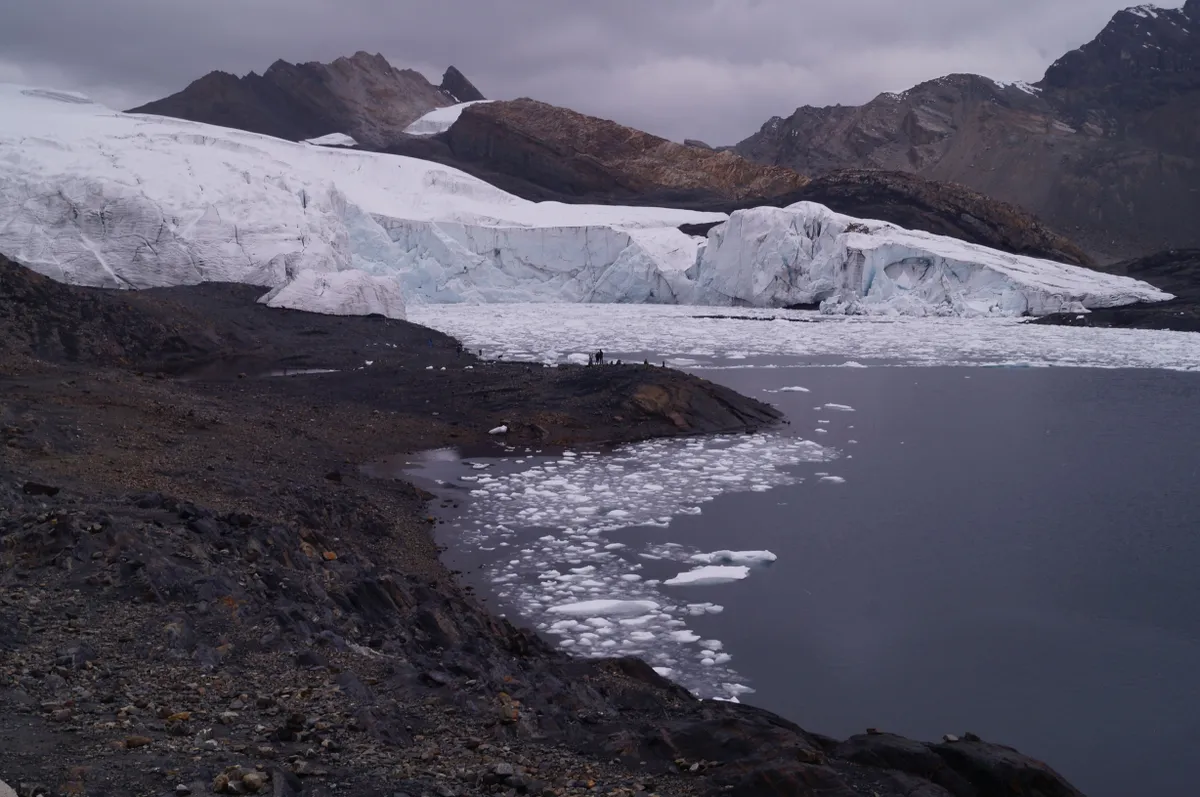Glaciers, such as the Grosser Aletschgletscher in the Swiss Alps, Khumbu Glacier in the Himalayas or Greenland’s Jakobshavn Isbrae, could be gone within the next 100 years,according to new research.
The first ever global study of World Heritage glaciers was co-authored by scientists from the International Union for Conservation of Nature (IUCN).
The study combines data from a global glacier inventory to analyse the current state of World Heritage glaciers and project their mass change over the 21st century.
The authors predict glacier extinction by 2100 under a high emission scenario in 21 of the 46 natural World Heritage sites where glaciers are currently found.
Even under a low emission scenario, 8 of the 46 World Heritage sites will be ice-free by 2100
Depending on the scenario, they predict a loss of 33 to 60 per cent of total ice volume present in 2017 by 2100.
“Losing these iconic glaciers would be a tragedy and have major consequences for the availability of water resources, sea-level rise and weather patterns,” says Peter Shadie, Director of IUCN’s World Heritage Programme.
“This unprecedented decline could also jeopardise the listing of the sites in question on the World Heritage list. States must reinforce their commitments to combat climate change and step up efforts to preserve these glaciers for future generations.”

Several iconic landscapes found atWorld Heritage sites will be impacted by rising temperatures.
Los Glaciares National Park in Argentina contains some of the largest glaciers on Earth,and a very large ice loss of about 60 per cent is predicted by 2100, whereas in Europe, the disappearance of small glaciers is projected in the Pyrénées before 2040.
The authors emphasise the key role that glaciers play for ecosystems and societies at a global scale, and hope conservation could act as a trigger to tackle climate change.

Climate change is the fastest growing riskto natural World Heritage sites, according to the IUCN report, with the number of sites threatened by rising temperaturesdoubling between 2014 and 2017.
“To preserve the iconic glaciers found in World Heritage sites, we urgently need to see significant cuts in greenhouse gas emissions,” says Jean-Baptiste Bosson, lead author of the study.
Read the full paper in Earth's Future.
Main image: Great Aletsch Glacier is the largest glacier in Central Europe, and is located in the Swiss Alps Jungfrau-Aletsch Natural World Heritage Site. © M. Huss